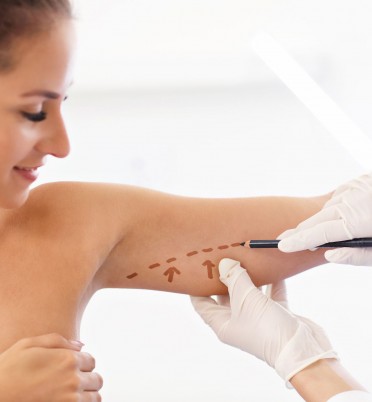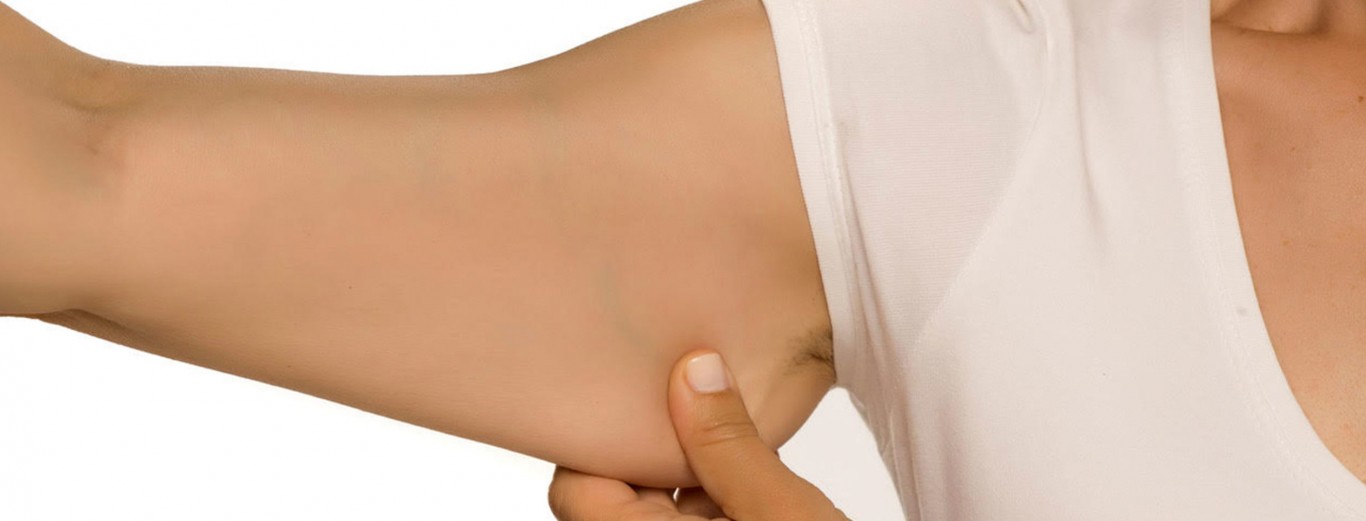Procedures
Body

Indications
Ideal candidates for arm lift surgeryare:
- Adults with significant upper arm skin laxity
- Not significantly overweight
- No comorbid medical conditions that impair healing or increase risk of surgery
- Non-smokers
- Individuals with realistic expectations

What does the procedure achieve?
An arm liftis a surgical procedure to reshape and recontour the under portion of the upper arm, from the armpit region to the elbow.The skin over the medial arm tends to get loose with increasing age or as a result of significant weight loss. It is often difficult or impossible to tighten this loose skin with just exercise or other non-surgical methods. An arm lift, or brachioplasty
- Reduces the excess fat in the upper arm
- Reduces the excess and loose sagging skin that hangs downward
- Tightens the arm skin envelope to give it a better aesthetic shape

Consultation
At a detailed preoperative consultation, your surgeon will:
- Discuss your surgical goals and expectations
- Evaluateyour general health status and risk factors
- Elicit History of previous surgeries and medical conditions
- Elicit History of all current medications
- Ask about Allergies (including drug allergies), addictions if any
- Take Preop photographs and plan for your procedure
- Discuss all treatment options
- Explain the possible outcomes
- Potential risks and complications of the surgery
Anaesthesia
Surgery can be performed either under intravenous sedation or general anaesthesia. Anaesthesia is crucial for the comfort of the patient, control of vital parameters and for the surgeon to be able to perform the surgery without distraction. Your surgeon will recommend the best choice for you.
Risks and complications
- Anesthesiarelated risks
- Bleeding
- Infection
- Seroma
- Delayed wound healing
- Skin necrosis leading to wound formation
- Scars along the inner side of the upper arm
- Damage to deeper structures such as nerves, blood vessels and muscles
- Fat necrosis
- Sensory disturbances (numbness, paresthesia)
- Post-op Pain
- Asymmetry and Need for fine-tuning / Revision surgery






